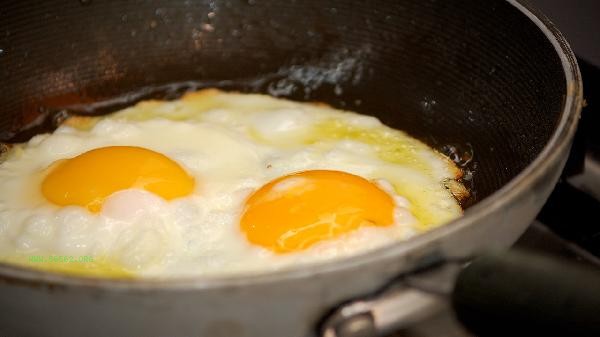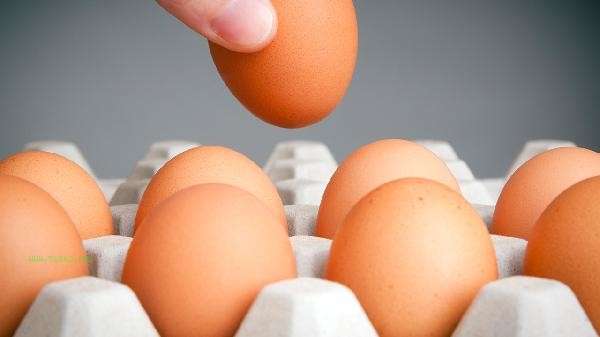When cooking eggs with shells, using cold water, controlling the heat, and cooling them in a timely manner can help the eggshells peel off better. There are mainly methods such as boiling in cold water, boiling over medium heat, simmering over low heat, rapid cooling, and lightly tapping and rolling.

1. Boil eggs in cold water
Heating eggs from cold water can reduce the temperature difference between the inside and outside, and prevent the egg white from suddenly sticking to the eggshell when heated. The amount of water should completely submerge the egg to prevent uneven heating in certain areas. If hot water is added to the pot, the eggshells are prone to cracking due to thermal expansion and contraction, and the difficulty of peeling will increase after the egg whites seep out.
2. Boil the
water on medium heat and then adjust it to medium heat to keep it slightly boiling. Severe boiling will cause eggs to crash and break. Usually, after boiling water, continue boiling for 8-10 minutes to reach a fully cooked state, at which point the egg yolk is completely solidified and the egg white separates from the shell membrane. insufficient cooking time can cause the egg whites to become too soft and sticky.
3. Simmer on low heat
After boiling, turn to low heat and simmer for 3 minutes, using the remaining heat to completely solidify the egg whites. This stage can reduce the damage of high temperature to egg white protein and form a smoother egg white surface. After turning off the heat, continue to cover and simmer for 2 minutes to help the shell film and egg white naturally separate.

4. Rapid Cooling
Immediately soak boiled eggs in ice water or cold water for 5 minutes. Alternating between hot and cold will cause the shell film to shrink and detach from the egg white. When the cooling time is insufficient, residual heat will allow the egg white to continue to adhere to the eggshell. A small amount of white vinegar can be added to water to help dissolve the calcium carbonate in the shell film.
5. Gently tap and roll
After cooling, lightly tap both ends of the egg to break the shell film, and roll on the table to produce fine cracks in the eggshell. When peeling the shell, starting from the gas chamber end and peeling along the film layer is more effortless. If it is difficult to peel the shell, soak it in cold water again and use water infiltration to reduce adhesion. The shell film of fresh eggs has strong stickiness, and it is recommended to store them for 3-5 days before cooking for easier peeling. Adding a small amount of salt when cooking eggs can help solidify the protein, but avoid excessive amounts that can affect the taste. Shelled eggs should be consumed or refrigerated in a timely manner, as they are prone to bacterial growth if left at room temperature for more than 2 hours. In daily life, you can choose a steamer to control the temperature and reduce manual operation variables.









Comments (0)
Leave a Comment
No comments yet
Be the first to share your thoughts!